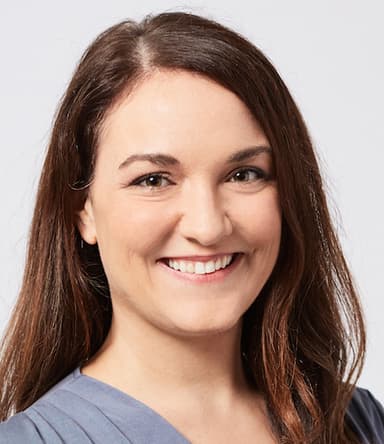
Before she became the team leader of Buy Sell Love Chicago, Shay Hata was working 80, 90 or even 100 hours a week, selling real estate across Chicagoland. When she learned she was pregnant, she knew she had to make a change. “This can’t continue,” Hata thought. “I need to get my act together so I'm not working this much.”
In a few short years, Hata formed her team and continued to grow her business—but not without missteps. She shared the details of her current team structure at a Sunday session called “How to Start a Team as a Solo Agent” during NAR NXT, The REALTOR® Experience in Orlando, Fla. But she cautioned that there isn’t just one type of team structure that works.

Just as all agents have different strengths and interests, each team has its own unique structure and culture, Hata said. She shared three common team structures to consider:
- Team in name only. In this case, the team leader recruits agents to join the team and acts as a mentor—but doesn’t provide leads or marketing support. “They almost act like a managing broker,” Hata said, explaining that in these teams, the leader takes a small portion of commissions (10%–25%). The challenge with this structure is liability and visibility, Hata added. As the team leader, you’ll have a limited view into the client experience and mid-transaction issues—but you’ll be responsible if anything goes wrong legally.
- The rainmaker. In this model, the team leader doles out leads, and agents handle their own marketing and administrative support. In exchange for the leads, the team leader receives a larger portion of the commission (30%–50%). This is appealing to agents who struggle to generate an abundance of leads, Hata said. But for the leader, visibility into the transaction and customer service continues to be a problem. Moreover, agent retention could be difficult, as they will be in high demand and may end up leaving for other opportunities—and taking past clients with them.
- The full-service approach. While she admits it took her awhile to build her ideal team, Hata now offers leads as the “rainmaker” but also provides her agents with extensive admin and marketing support. Her agents pay a 50-50 commission split on leads she provides, and they get a 60-40 split if they bring in the client. Hata handles all the virtual work on each of her team’s transaction, including pricing analysis, CMAs and contract negotiations. One of the two agents on her team handles all of the on-the-ground tasks, including photography appointments, showings and open houses.
Choosing which one works best is an individual choice. Hata said she chose the full-service model, including hiring several administrative positions, to help her agents avoid burnout on tasks that aren’t related to building business. Hata’s team leverages the help of various staff:
- A transaction coordinator who handles client paperwork and CRM activity.
- A marketing coordinator who creates online marketing content and plans client events.
- A runner who drops off client gifts, sets up lockboxes and performs other tasks.
- A client concierge who sources gifts, assists with online reviews and smooths the client experience.
“What I didn't like about real estate is that we’re in the field meeting clients, showing property for eight hours a day, and you get home and still have five hours of work to do,” Hata said, recalling the long hours she put in before creating her team. “I want the agents on my team, when they go home, to be done working for the day.”









